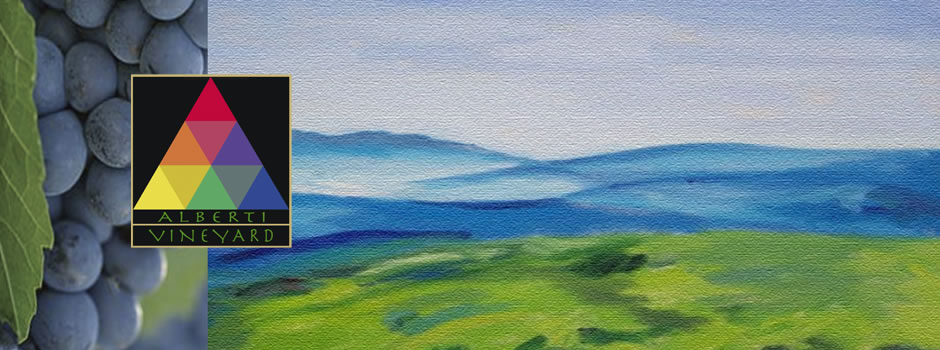 |
| Home » |
An Overview of Alberti VineyardSanta Cruz Mountains Appellation(Los Ranchos, Vine Hill Subregion)Environmental terroir |ter'wär|
|
 |
| Home » |
An Overview of Alberti VineyardSanta Cruz Mountains Appellation(Los Ranchos, Vine Hill Subregion)Environmental terroir |ter'wär|
|